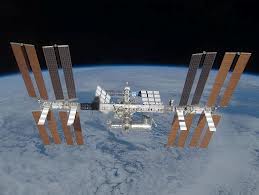This article is the second in a series of articles in which I will profile every woman astronaut, cosmonaut and taikonaut who has been into space. Last time we looked at the career of Valentina Tereshkova, the first woman in space. Today I’m profiling cosmonaut Svetlana Savitskaya, the second woman in space. (The feature image above is a collection of drawings of women astronauts by artist Phillip J Bond. You can find Phillip’s wonderful series on women astronauts here.)
Svetlana Savitskaya is a record breaking Russian aviator and cosmonaut.
Born in Moscow in 1948, Svetlana was raised in a middle class family. In high school she was a keen parachutist, and in 1970 she won 6th place in FAI (Fédération Aéronautique Internationale) World Aerobic Championship, went on to set 18 international world records in MiG aircraft, and set 3 international records in team parachute jumping. In 1974, Svetlana began a career as a pilot after urging from her father, a Deputy Commander of the Soviet Air Defences and World War II air hero. Her father had recognised her interest in flying and parachuting and was very keen for Svetlana to pursue pilot school. Just two years after finishing pilot school Svetlana went on to become a test pilot. Continue reading



